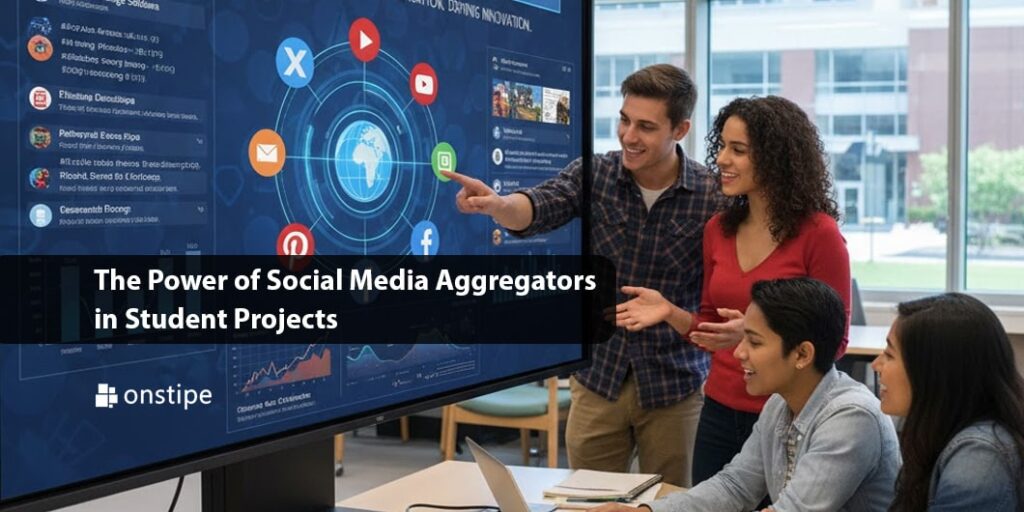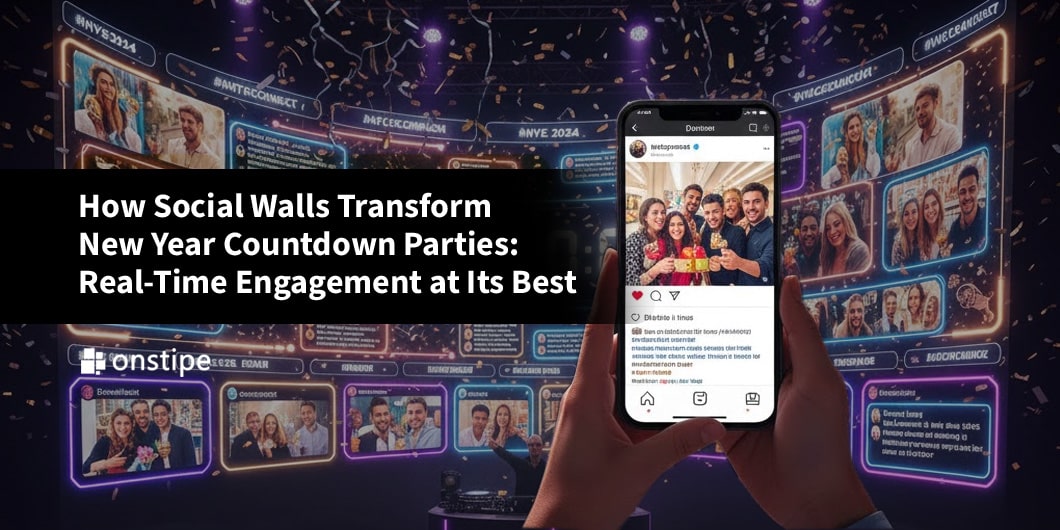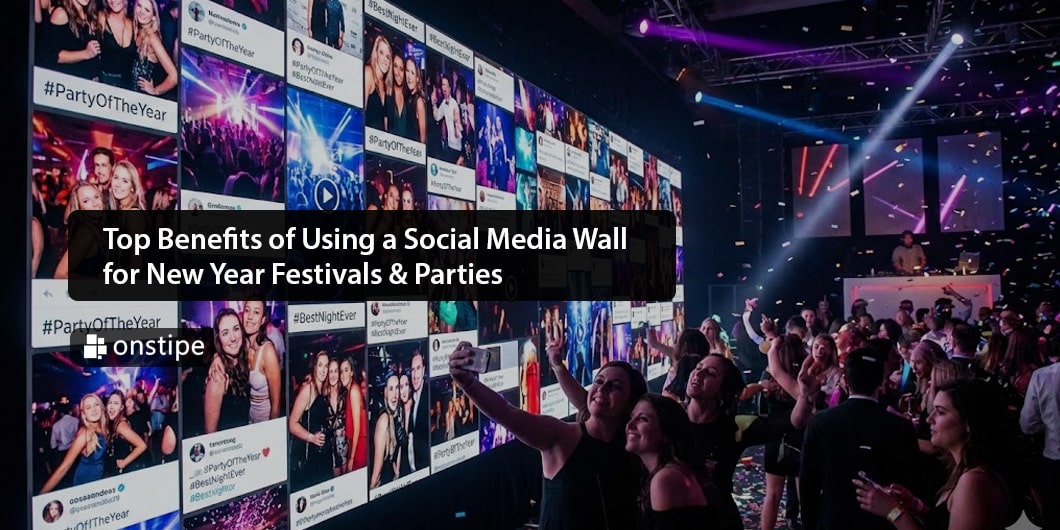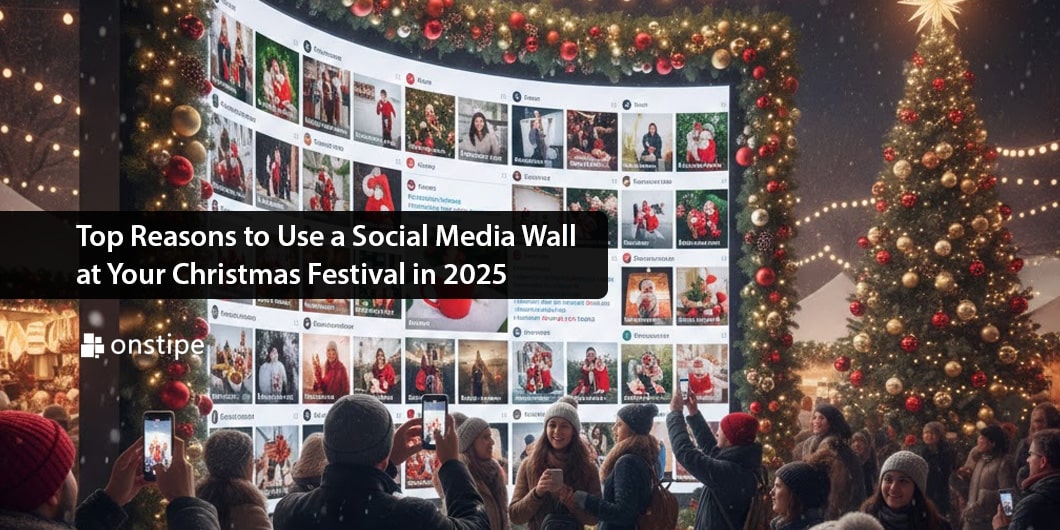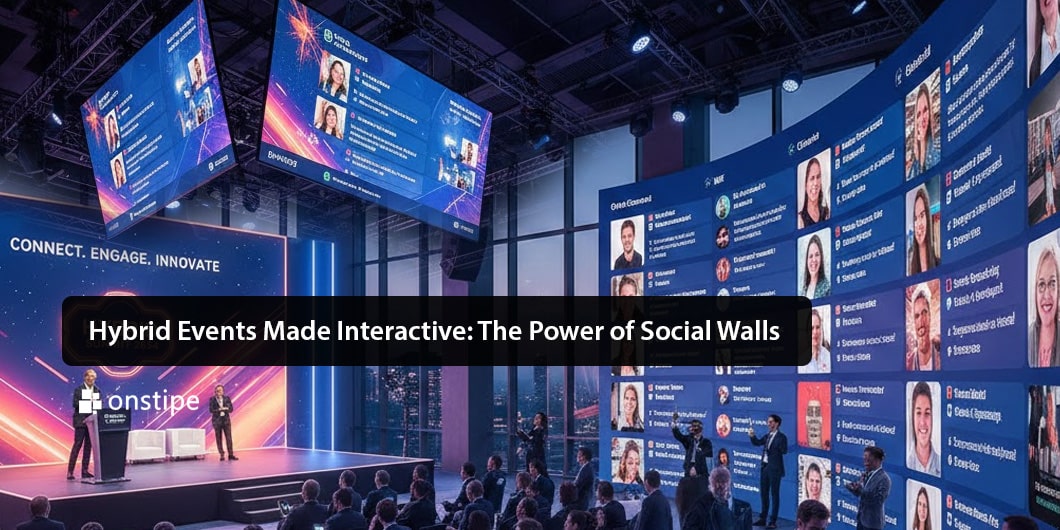These days, projects for students need more than just words and pictures. For modern tasks, you have to put together presentations with information from a lot of different sources. Social media platforms make it easy and quick to do this.
These tools put together a stream of posts from Facebook, Twitter, Instagram, LinkedIn, and YouTube. This information can be shown on websites, in lectures, or on digital screens by students. As a result? Real-time social interaction projects that look like they were made by professionals.
What Aggregators of Social Media Really Do
A social media aggregator tool brings together material from different sites and shows it all in one place. You don’t have to switch between Instagram, Twitter, and Facebook to see what’s new. Everything is in one feed.
These tools automatically pull material from social media sites by using APIs that those sites make available. You choose things like themes, hashtags, and usernames. After you choose a format, the aggregator will find related posts and show them to you.
Most aggregators let you change the look of tools that let you add feeds to websites. You decide what posts show up, the colours, and the style. This gives you more freedom to match the needs and style of your project.
Organizing Collected Social Content
Today’s students record everything. They save and share information about every event, campaign, or group action. This isn’t casual posting; it’s important information for growth.
This process is more than just taking pictures. Students keep track of what speakers say, how engaged the crowd is, what they say, and how people in the community interact with each other. They collect quotes from presentations, screenshots of famous posts, and information about how many people saw and influenced the post. A lot of people use the Edubirdie writing service to organize the information they find on social media into well-written papers. That work will showcase your research abilities and grasp of digital communication.
The information gathered is used as a starting point for a more in-depth study. When students learn how to do both aggregation and professional presentation, their work really stands out.
Real Benefits for Projects
Common problems with student projects can be solved with social media platforms. It takes hours to gather material by hand. Collection is done automatically by aggregators, which frees up time for research and presentation work.
These tools make talks more interesting. When people respond to events or campaigns, live social feeds show them right away. Instead of static images, classmates and teachers see real conversations. This factor of change makes projects more interesting and memorable.
User-generated material makes research by students more reliable. Actual social media posts are proof when studying how people feel about a brand or how an event affects people. This real feedback is instantly collected by aggregators, which adds real data to project arguments and makes them stronger.
Useful Things to Do in College Settings
With social media platforms, it’s easy to keep track of events. People using event hashtags that raise awareness. All tagged posts are instantly gathered by the aggregator. This makes a full record of the event without having to collect screenshots by hand.
Tracking hashtags and keywords is helpful for research projects. Aggregators are used to find useful posts by students who are studying things like public opinion, marketing campaigns, or social movements. The tool keeps an eye on certain terms all the time, collecting large records that can be analyzed.
Adding social feeds to group talks makes them look better. Instead of showing examples of social media on static pages, live feeds show the most recent posts. This shows that you are still interested and keeps the presentation information fresh. Professors like seeing up-to-date data instead of old images.
Putting Together Your First Aggregator
It doesn’t take hours to get started. Pick an aggregator tool that works with the social networks you need, like Instagram, Twitter, Facebook, or YouTube. Most of the tools have free plans with basic features that are good for work.
Choose sources to add to your feed. Add hashtags, usernames, or keywords that are important to your study that you want to keep an eye on. The collector starts gathering posts right away. Within minutes, information will start showing up in your feed.
Change the display to fit the needs of the job. Change the color schemes, layout styles, and post filtering choices. Most aggregators give you themes that you can change without knowing how to code. Try out different settings until the feed looks good and can be read.
Putting Feeds Into Projects
Simple pieces of code are needed to add social feeds to websites or shows. Aggregators automatically make embed codes. Cut and paste the code into the HTML of your website or into PowerPoint. The feed shows up right away, pulling live material from certain sources.
When used in digital presentations, embedded feeds make a big visual effect. When there are live talks, the feed changes right away. As people use your campaign handle, new posts show up. People are more interested in this live element than in static material ever could be.
Persistent social proof is good for website projects. People who visit your site see ongoing social conversations about it. This shows that it is relevant and that the community is actively involved. Aggregated feeds are a professional way to show off your social media profile on portfolio websites.
Control and Moderation of Content
The only thing that student projects need is the right material. Aggregators have control tools that let you review posts before they are shown. This keeps material that isn’t appropriate or related to the topic from showing up in presentations.
You can use keywords, usernames, or engagement data to set up filters. Show only posts from verified users or those that have certain hashtags. Get rid of posts that don’t follow the project’s rules. This control makes sure that your compiled feed stays professional.
Review the content you’ve gathered often, especially for projects that are still going on. Things change quickly on social media, and the tone can change too. Your feed stays on track with project goals all semester long with regular editing.
Important Things Students Should Use
Important aggregator benefits for projects are:
- Support for pulling from Instagram, Twitter, Facebook, LinkedIn, and YouTube all at the same time
- Tracking all the posts that use certain campaign or study hashtags
- Display choices that can be changed to fit the look of the project and the needs of the presentation
- Tools for moderation removing offensive information before it goes public
- Analytics that show engagement data like the number of likes, shares, and comments
- Include codes that make it easy to add to websites and digital shows
- Updates that show new material as it’s added in real time during live events
With these features, unprocessed material from social media can be turned into well-organized, professional project parts.
Seeing the Effects of a Project
Analytics tools show how well social efforts work. Keep an eye on how many people use hashtags, how many people interact with them, and how quickly content spreads. These measures show that the project is working better than just a person’s opinion.
Compare, using cross-platform metrics that matter, how well different social networks work. Your aggregator tells you which channels got the most interaction. This analysis helps make future campaigns better and gives useful lessons about social media strategy that can be used outside of college projects.
Export the info you’ve collected so you can look at it in more detail. Most aggregators let you download post data in the form of files. You can use this for continuous studies, tracking how people feel, or statistical analysis. This quantitative technique makes the ways that research projects are done stronger.
Getting Past Common Problems
There are times when technical problems happen with API connections. Social networks sometimes change the rules for who can use them. Pick aggregators that have good customer service and regular changes. This makes sure that your feed keeps working during project timelines.
Feeds can get too much content at once. Every day, thousands of posts are made with popular hashtags. Filtering should be used strategically to show only the most relevant or interesting information. When it comes to presentations, quality is more important than number.
Some types of material are limited by the platform. Instagram limits the access of third-party tools to some information. Find out what each platform lets you do before you count on certain types of content for your project. Having backup material sources keeps projects from going wrong at the last minute.
Cost Considerations for Students
A lot of providers have free plans that can be used for college projects. Most of the time, these limit the feed sources or display choices but still do the basics. Most of the time, free tiers are enough for small projects.
Paid plans give you access to more advanced features, such as more platforms, better customization, and more in-depth data. Onstipe offers attractive plans for students and educational institutions.
Figure out if the costs of paid tools are worth it for your project. For simple event recording, you might only need the most basic tools. Paid subscriptions might be necessary for complex study that needs a lot of analytics. Pick tools that fit both the needs of the job and the budgets of the students.
Privacy and Ethics in Social Aggregation
When using public social media material in college projects, you need to think about what is right and wrong. Publicly posted material is legally available, but please respect the privacy and intent of the poster. Do not use personal posts that are not relevant or in ways that change the meaning of the original post.
Give credit where credit is due in scholarly work. When you use collected posts in papers or talks, you should give credit to the original posters. This shows honesty and appreciation for the work of content authors.
When doing study on social media, follow the rules set by your institution. A lot of universities have ethics boards that look over projects that use data from social media. Before starting aggregator-based research, make sure you know what the requirements are to make sure you’re following rules.
Social media platforms make it easy for students to make projects that are dynamic and full of data. These tools combine socializing and coursework to make shows that are relevant to today’s audiences and meet educational goals.

